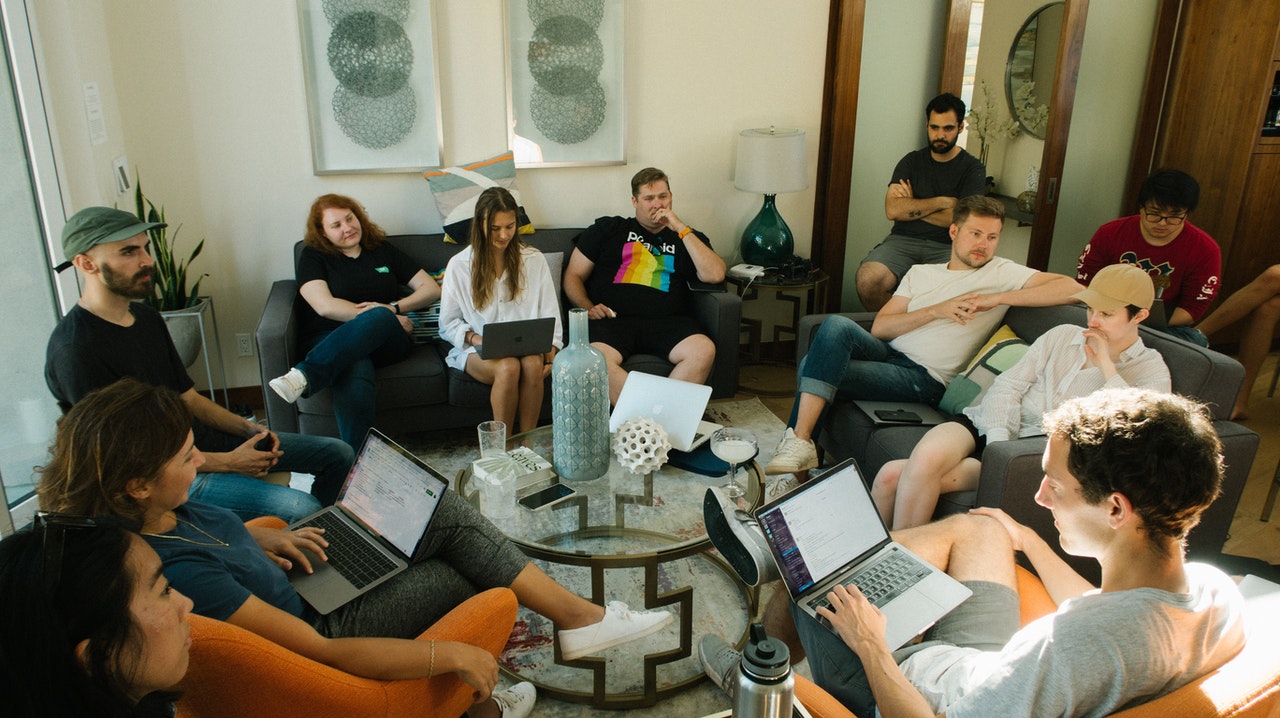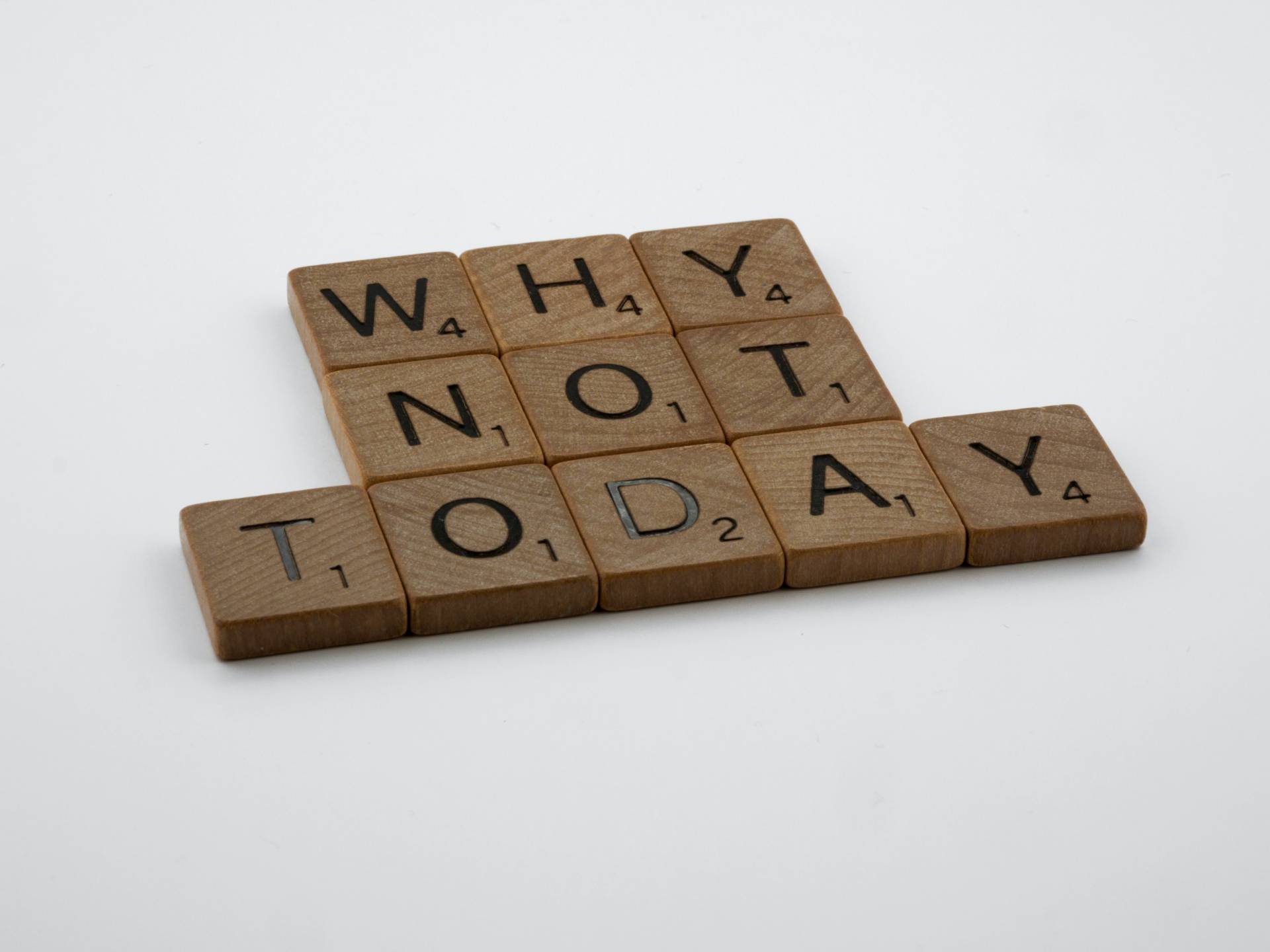

61 million. That’s how many Gen Zers have entered the workforce over the last couple of years. If you’re not familiar with this demographic that may be concerning — particularity if your business is bringing in your first Gen Z hires.
While it’s true that Gen Z has the potential to change the workplace, we’re not talking about working with visitors from a distant galaxy here. They are young people who tend to be more entrepreneurial diverse than previous generations. Furthermore, they all about in-person communication and flexibility over practicality.
While this will definitely impact how you’re going to hire, train, and collaborate with them, their demands aren’t unreasonable. Even better, you can use a calendar to help meet their unique requirements going forward. Want to know? Well, here are five ways to achieve that goal that you should share with the Gen-Zers in your life.
1. Helps them curb their screen time.
Gen Z is considered “digital natives.” In other words, they’ve never known life without technology. We may take that for granted. But, take a minute and think about that. Throughout their entire lives, they’ve been surrounded by smartphones, WiFi, and social media.
Because of this, it shouldn’t be surprising that 96% own a smartphone. What is more fascinating is that on average, they use 5 screens. And, over half of Gen-Zers spend at least 10 hours a day on an electronic device.
While technology has made it easier to communicate and collaborate with others, it’s also a huge distraction. In fact, smartphone notifications and the internet are often cited as the two biggest workplace distractions. As a consequence, this not only interrupts workflow, it also leads to multitasking.
Why’s that such a big deal? Because multitasking ruins concentration. It also leads to more shallow thinking. And, because you’re not focusing 100% on the task at hand, tasks not only take longer to complete, you’re more likely to make an error.
Even worse, too much screen time can cause “computer vision syndrome,” sleep disturbances, and obesity. Additionally, it can also impact mental health. And, because of the release of dopamine, it’s easy to get addicted to screens.
With a calendar, Gen Z can remain focused and counter the health drawbacks of screen time. Even better, it’s possible without having to succumb to FOMO.
Simple ways to reduce screen time.
In a previous Calendar article, Kayla Sloan suggests that to limit screen time, you can:
- Set daily goals and use a scheduling app to keep track.
- Establish a routine. For example, not immediately looking at your phone when you first wake-up. And, at night, stay away from blue light an hour before bed.
- Schedule email, text, and social media breaks. I do this three times daily. In the morning right before work, after lunch, and when winding day at the end of the workday.
- Use time blocking. If you need to create social media content for the week, dedicate a specific amount of time to that task in your calendar so that you don’t go down the social media rabbit hole.
- Use timers so that to prevent going over the allotted screen time.
- Eliminate the distraction by turning off notification or putting phones on the ‘Do Not Disturb’ mode. You may even consider blocking apps and websites at specific times.
You may want also want to remove certain apps from your phone. Now you have to log in to your account. And, because there’s an extra step now involved, you may be less tempted to waste time on social media.
Finally, look for opportunities to automate or delegate tasks like social media posts. Tools like Sprout Social allow you to curate and schedule content. It will also generate real-time social media reports.
2. Grants flexibility.
As previously mentioned, Gen Z has been inundated with technology. As such, they expect immediate access and answers to their questions. They also are accustomed to self-study and autonomy. No wonder they make more daily visits to YouTube than Millennials — they also consider it a favorite learning tool.
In addition to YouTube, independent learning can be accomplished via podcasts, Ted Talks, webinars, and LinkedIn Learning. That’s all well and good. But, how can learning opportunities be squeezed into a packed schedule?
A flexible work schedule could be the answer. As opposed to working the antiquated 9-5 schedule, you could work when you’re most productive. If that window is between 10 am and 3 pm, so be it. As long as deadlines are met and work is getting done there’s no need for obsessing over how many hours are worked per day.
However, there should be an agreement upon a time where everyone is available. During this timeframe, it’s when meetings, team-building activities, brainstorming sessions, or learning opportunities take place.
What if there is a free block of time? Spend it wisely learning something new. Even if it’s just a couple of minutes each day.
3. Prioritizes the body and mind.
“Mental health seems to be a theme with Generation Z,” writes Adam Piore for Newsweek. In a 2018 survey, college seniors “reported the worst mental health of any generation: 91 percent of young adults said they had felt physical or emotional symptoms associated with stress, such as depression or anxiety.”
“They are carrying this anxiety into the workplace. About 54 percent of workers under 23 say they felt anxious because of stress over the past month—topping even avocado-toast-munching millennials (40 percent) and higher than the national average of 34 percent,” adds Piore.
“The numbers could be pointing to a rise in mental health problems due to the stress of coming of age in the world as it currently is,” he says. “Or it could have something to do with a newfound willingness to talk about mental health. Experts can be found in either camp, which means both factors are probably at work.”
It will be interesting to see the long-term effects of the coronavirus on Gen Z. But, since this is already a resilient and resourceful generation, it may not be as severe when compared to other demographics.
Making time for your health and well-being.
Still, Gen Z demands a better work-life balance so that their health and well-being can be a priority. And, as you’ve probably guessed, a calendar can make this possible by:
- Making time for a regular sleep schedule.
- Prepping healthy meals in advance.
- Scheduling downtime, like breaks and vacations, to unwind.
- Adding physical activity into a daily schedule
- Setting clear and attainable goals every morning.
- Reconnecting with nature during time away from work.
- Tracking wasted time and filling those gaps with something more useful
- Decluttering and organizing the workspace at the end of the day.
- Meeting with an accountability buddy.
And, you can also add a self-care routine to your calendar. One method would be booking self-care appointments, like exercise and meditating, before scheduling anything else.
Another would be to use our friend time-blocking. Do you have 30-minutes before the start of a meeting? Use that time to read, go for a brisk walk, take a cat nap, or meditate.
4. Encourages social responsibility.
“The majority of Gen Z want to make a difference in the world,” notes Jimmy Hanley for the Mace Group. “Twenty-six percent of 16 to 19-year-olds currently volunteer, and 76% are concerned about humanity’s impact on the planet.”
What about their careers? “60% want their jobs to have a positive impact,” adds Hanley. “They want careers that allow them to do good, improve the lives of communities, and benefit the planet.” Also, 62% of Gen Z say that “they trust companies that demonstrate social responsibility, versus just 56% of millennials”
Whether if it’s volunteering once a month in-person or a planning fundraiser calendars are required for service opportunities to become a reality. Without one, there will be fundraisers without deadlines or empty promises to give back and positively impact the community.
5. Provides real-time feedback.
Despite the comfort and reliance on technology, Gen Z prefers face-to-face opportunities. During these interactions, they want to be mentored, receive feedback, and collaborate. And, it provides the opportunity to check-in on how they’re doing personally and professionally.
Obviously, this isn’t possible when not scheduled. Thankfully, these interactions can be placed on your calendar when all parties have the availability. It also prevents wasted time be only meeting for as long as it’s necessary.
Even betters, AI and machine learning tools like Calendar, will automatically schedule these events for you. How so? It simply reviews past calendars and makes smart suggestions on when and where to meet, as well as who to invite and what should be discussed.











Deanna Ritchie
Editor-in-Chief at Calendar. Former Editor-in-Chief and writer at Startup Grind. Freelance editor at Entrepreneur.com. Deanna loves to help build startups, and guide them to discover the business value of their online content and social media marketing.